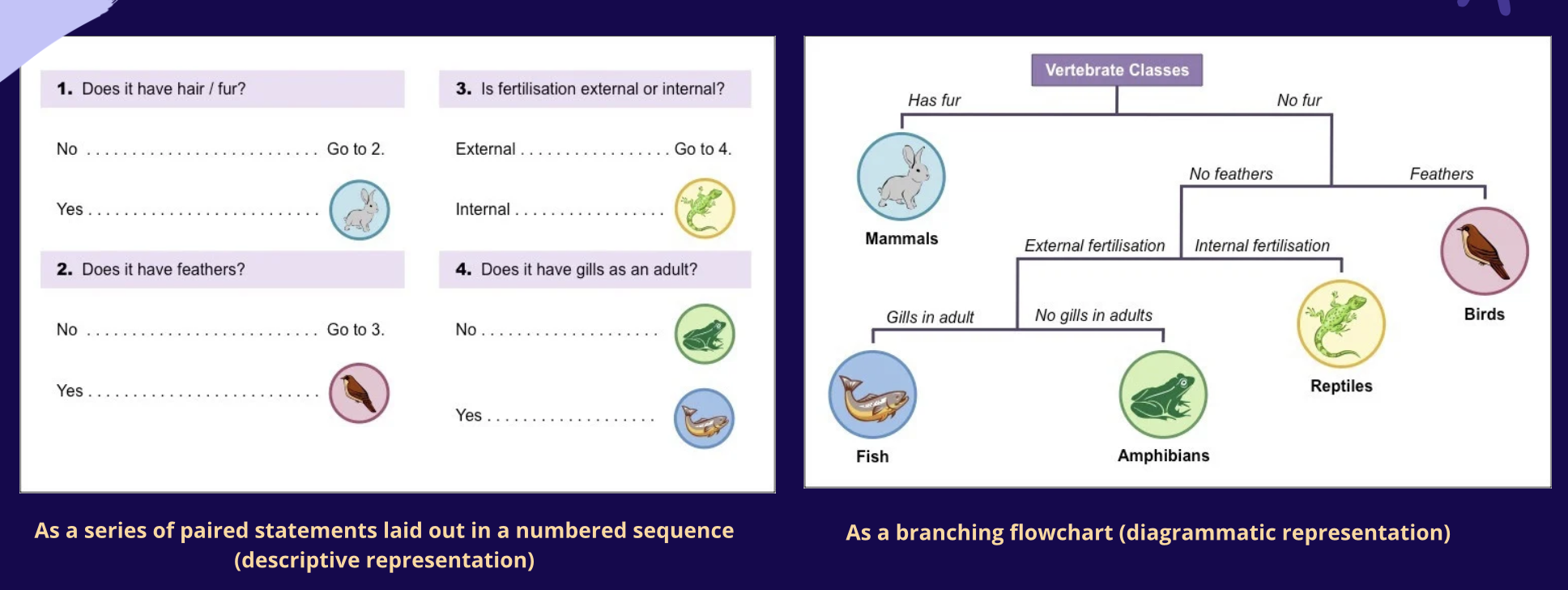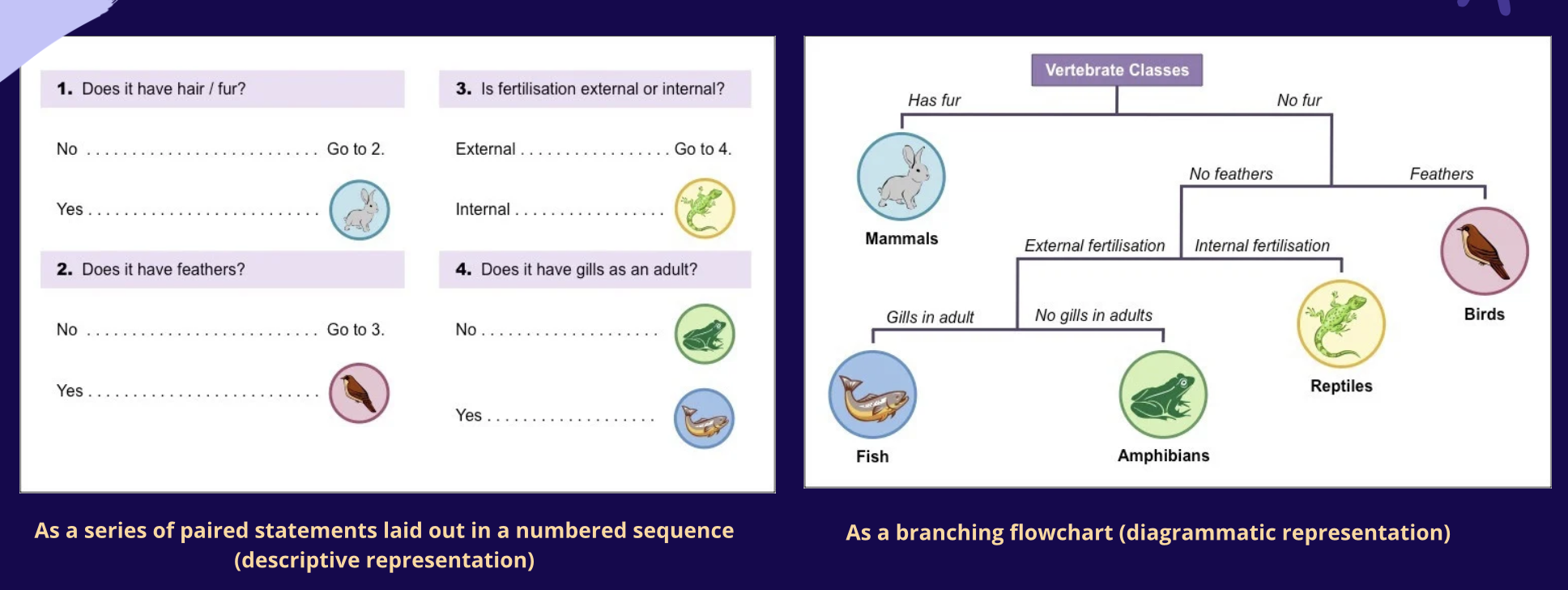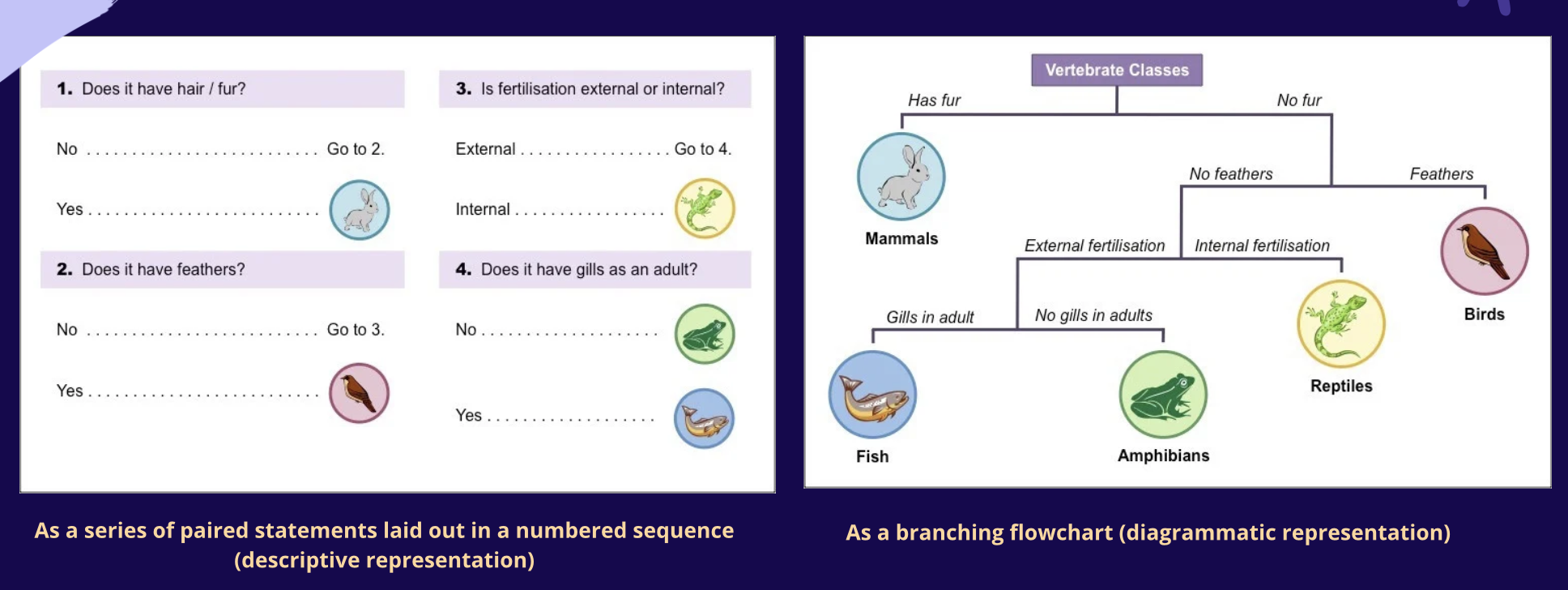General Biology 2 Final Exam Reviewer
1/208
Earn XP
Name | Mastery | Learn | Test | Matching | Spaced |
|---|
No study sessions yet.
209 Terms
Georges-Louis Leclerc
🇫🇷 French nationalist
Proposed various causes of evolution with evidence
Wrote a 44-volume natural history series
Histoire Naturelle
George-Louis Leclerc wrote this 44-volume natural history series to describe plants and animals
Carolus Linnaeus
🇸🇪 Swedish botanist
Developed binomial nomenclature and classification
Father of taxonomy
Taxonomy
Carolus Linnaeus proposed this as a way to organize biotic life into a hierarchical structure in which a scientific name was assigned to each organism (Binomial Nomenclature)
Binomial Nomenclature
Classification system in which each species is assigned a two-part scientific name
[ Genus ] [ Species ]
Erasmus Darwin
🇬🇧 British physician and naturalist
First to formally theorize about evolution in Zoonomia
Based his conclusions on development changes in animals, artificial animal breeding, and vestigial structures
Vestigial Structures
Present body parts that lack function
Georges Cuvier
🇫🇷 French Zoologist
Established comparative anatomy and paleontology
Developed Catastrophism
Catastrophism
Developed by Georges Cuvier
Organisms are destroyed by natural catastrophes repeatedly, causing evolution and the creation of new species
James Hutton & Charles Lyell
Proposed Uniformitarianism
Uniformitarianism
Hutton and Lyell's principle that geologic processes that occurred in the past can be explained by current geologic processes
The same things that have happened before will play the same way in the future
Jean-Baptiste Lamarck
Developed Lamarckism
Proposed two principles: "The Law of Use and Disuse", "The Inheritance of Acquired Characteristics"
Lamarck's hypothesis: The environment can produce physical changes in an organism which can be inherited by the next generation
Lamarckism
An evolutionary theory by Jean-Baptiste Lamarck stating that species change over time by the use and disuse of structures and the inheritance of acquired traits
Opposes Darwinism
The Law of Use and Disuse
A principle which states that parts of the body that are used extensively develop whilst those that are not used deteriorate
The Inheritance of Acquired Characteristics
A principle which states that an organism could pass its modifications to its offspring
Thomas Malthus
🏴 English economist
Published "An Essay on the Principle of Population" which stated that the human population's size is limited by the availability of necessary resources
Malthus' principle was the basis for Darwin's natural selection
Charles Darwin
🏴 English naturalist
Proposed his theory of evolution by natural selection
Formulated his theory after his voyage, and wrote the book, "On The Origin of Species"
Defined evolution using his idea of “Descent With Modification"
Natural Selection
A natural process resulting in the evolution and survival of organisms best adapted to the environment
The Voyage of the Beagle
Charles Darwin's famous global voyage, where he found his first evidence of evolution
Galápagos Islands
The place where Charles Darwin made his observations during his voyage
Darwin's Study of Geology and Fossils
Earth must be old
Darwin observed geological changes that were the result of slow processes
Darwin collected fossils that differed from modern species
Observations of Nature
Genetic Variation: Genetic variation is inheritable
Limited Resources: Essential resources (e.g. food, space) are limited in every habitat
Overproduction of Offspring: More offspring are born than can survive. The capacity to overproduce was a characteristic shared by all species
Inferences from Observations
Struggle For Existence: Individuals compete for limited resources that enable them to survive
Unequal Reproductive Success: The inherited characteristics of some individuals make them more likely to survive (natural selection)
Descent With Modification: A population’s characteristics can change by natural selection, giving rise to new species
Modern Evolutionary Synthesis
Genes are responsible for hereditary characteristics
Population, not individuals, that evolve
Speciation occurs due to the accumulation of small genetic changes
Gene Pool
Collection of all genes in a certain population
Gene or Allele Frequency
The relative frequency of an allele at a particular locus of a population
Genotype Frequency
How many genotypes there are
Phenotype Frequency
How many manifestations of a genotype there are
Hardy-Weinberg Equilibrium
A population’s allele frequencies are constant unless there is an evolutionary force acting upon them
Assumptions of Hardy-Weinberg Equilibrium
No natural selection
No mutation
No genetic drift
No gene flow
No non-random mating
Systematics
It is the classification and study of biodiversity
Include
Taxonomy - Classification of organisms
Phylogenetics - Evolutionary relationships between species
Linnaean Taxonomy
Devised by Carolus Linnaeus to organize life into a hierarchy of inclusive categories
Binomial Nomenclature
Two-part format of the scientific name (Binomial)
Avoids ambiguity when communicating about research
Linnaean System of Classification
Linnaeus grouped organisms into a hierarchy of increasingly inclusive categories
Taxonomic Levels
Domain
Kingdom
Phylum
Class
Order
Family
Genus
Species
Taxon
A group at any level of the hierarchy
The more features two organisms share, the more taxonomic levels they share
The Flaw of the Hierarchy
The hierarchy does not disclose the evolutionary relationships between species

Dichotomous Key
A method of identification wherein groups of organisms are divided into two categories repeatedly
Usually represented in two ways
Descriptive Representation
Diagrammatic Representation

Descriptive Representation
A series of paired statements laid out in numbered sequences

Diagrammatic Representation
A branching flowchart
Phylogeny
Evolutionary history of a species or a group of species
Cladistics
A phylogenic system that categorizes groups into ancestral and derived characters
A phylogenic system that categorizes groups into clades
Ancestral Characters
Inherited traits that resemble the ancestor’s
Derived Characters
Features that differ from the ancestor’s
Cladogram
A treelike diagram built using shared derived characteristics
Features of a Cladogram
Clade
Outgroup
Root
Node
Clade
Includes a common ancestor and all of its descendants
Is monophyletic
Outgroup
The most distantly related species and functions as a reference group
Root
An initial ancestor common to all organisms
Node
A common ancestor tied to two or more taxa
Monophyletic
“Single tribe”
A single common ancestor and all of its descendants
Paraphyletic
“Beside the tribe”
A common ancestor and some of its descendants
Polyphyletic
“Many tribes”
A group with no recent common ancestor
Phylogeny Based On Molecular Data
DNA Sequence Comparisons
Protein Sequence Comparisons
DNA Sequence Comparisons
The DNA sequences of a gene are aligned to determine the evolutionary relationships among some mammals
Protein Sequence Comparisons
The number of differences on the amino acid sequences of different species are used to measure relatedness
Fossil Records
Support evolutionary theory
Fossils are remains or traces of past organisms that are mostly found in sedimentary rocks
Display the evolution of organisms
Fossil Formations
Compression
Petrifaction
Impression
Cast
Intact Preservation

Compression
Sediments accumulate on top of organic material and compress it

Petrifaction
A decaying organism gradually turns into stone

Impression
An organism leaves imprints in mud that harden to rock

Cast
An organism is covered by mud and rots away, leaving a hollow interior once the mud has hardened

Intact Preservation
A whole organism is preserved in material (e.g. tree resin)
Transitional Fossils
Fossils that resemble two groups that are classified separately in the present-day
No Fossil Traces
A reason for incomplete fossil records
Most organisms never leave a fossil trace
Plates Are Constantly Moving
A reason from incomplete fossil records
Decomposing organisms are usually destroyed by plate motions
Hard To Discover
A reason for incomplete fossil records
Scientists will never find fossils buried deep in the Earth or the ocean
Biogeographical Evidence
Supports evolutionary theory
The study of the geographic distribution of fossils and species
Wallace’s Line
Patterns of organic life on either side of an imaginary boundary
Anatomical Evidence
Homologous Structures
Analogous Structures
Vestigial Structures
Homologous Structures
Structures that have the same set of bones
Analogous Structures
Structures that have similar functions but different embryological development or sets of bones
Vestigial Structures
Anatomical features that are present in one group of organisms but are nonfunctional in other, similar groups
Embryology
The study of an organism’s development from an embryo to an adult
Molecular Evidence
Many organisms share similar molecules (RNA, DNA, proteins) that suggest a descent with modification from a common ancestor
Microevolution
The evolutionary change within a population
Natural selection
Mutation
Gene flow
Genetic drift
Non-random mating
Five causes of microevolution
Natural Selection
This process results in the adaptation of a species to its environment
Variation
Increased fitness
Inheritance
Three factors in natural selection
Variation
A factor of natural selection
Members of a population differ from another
Increased Fitness
A factor of natural selection
Organisms that are greatly adapted to their environment are more likely to survive
Inheritance
A factor of natural selection
Genetic differences are inheritable
Types of Natural Selection
Directional Selection
Disruptive Selection
Stabilizing Selection
Directional Selection
The extreme phenotype is favored and the frequency distribution curve shifts toward it
Disruptive Selection
Two or more extreme phenotypes are favored
Stabilizing Selection
The intermediate phenotype is favored
Types of Sexual Selection
Intrasexual Selection
Intersexual Selection
Intrasexual Selection
Members of one sex compete for access to the opposite sex
Intersexual Selection
Members of one sex choose their partners from the opposite sex
Mutation
Occurs when a DNA sequence is randomly modified to cause genetic variation
Gene Flow
The movement of alleles between populations through migration
When a foreign allele is brought into a gene pool, the allele frequency distribution changes
Genetic Drift
Changes in allele frequency due to random events
Include
Bottleneck Effect
Founder Effect
Bottleneck Effect
A type of genetic drift in which catastrophes cause the loss of genetic diversity
Founder Effect
A type of genetic drift in which the loss of genetic diversity occurs when individuals separate from a population and create new ones
Non-Random Mating
Affects how the alleles assort into genotypes
Include
Assortative Mating
Disassortative Mating
Assortative Mating
Individuals of a similar type mate
Disassortative Mating
Individuals of a different type mate
Descent With Modification
As the descendants of an ancestral organism migrated, they obtained diverse modifications to adapt
Macroevolution
Large-scale evolutionary change
Creating an entirely different species due to evolution (speciation)
Ernst Mayr
Defined a biological species as having members that can interbreed and produce fertile offspring